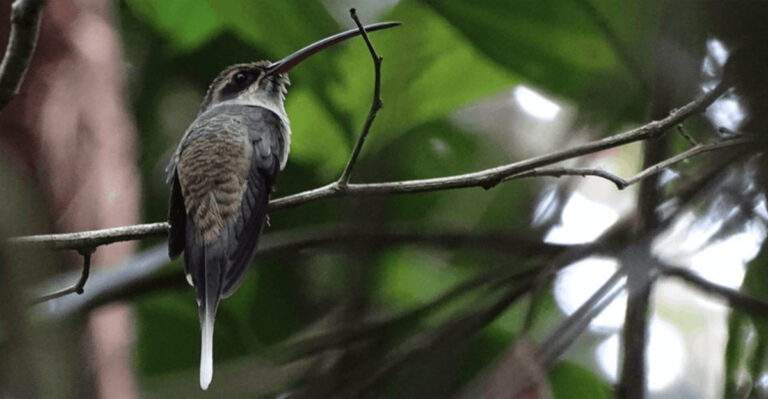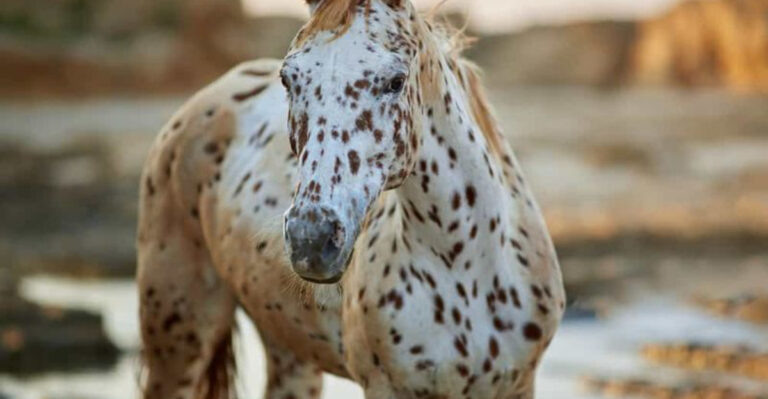Trail Cameras Capture Rare Apex Predator In National Park (Why This Is A Promising Sign)

Excitement rippled through the conservation community when a motion-activated trail camera captured images of the elusive Tien Shan brown bear in Kazakhstan’s Kolsai Lakes National Park.
This rare sighting marks a significant moment for wildlife researchers who have been monitoring the area for years.
The appearance of this magnificent apex predator signals not just a thrilling discovery but also a promising indicator of the ecosystem’s health and the success of ongoing conservation efforts.
1. Tien Shan Brown Bears: A Rare And Elusive Species
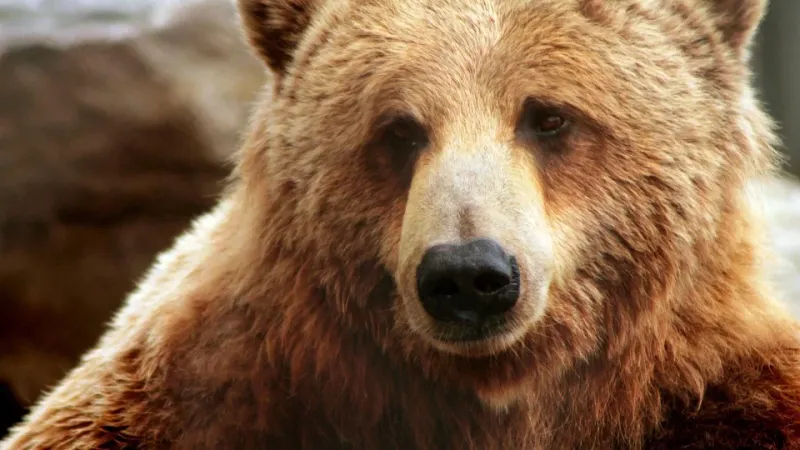
Mysterious and seldom seen, Tien Shan brown bears roam the remote mountain ranges of Central Asia. Only a few hundred of these magnificent creatures remain in the wild, making them one of the most endangered bear subspecies.
Their chocolate-brown fur and distinctive shoulder hump make them instantly recognizable to the lucky few who glimpse them.
2. First Sighting In Years
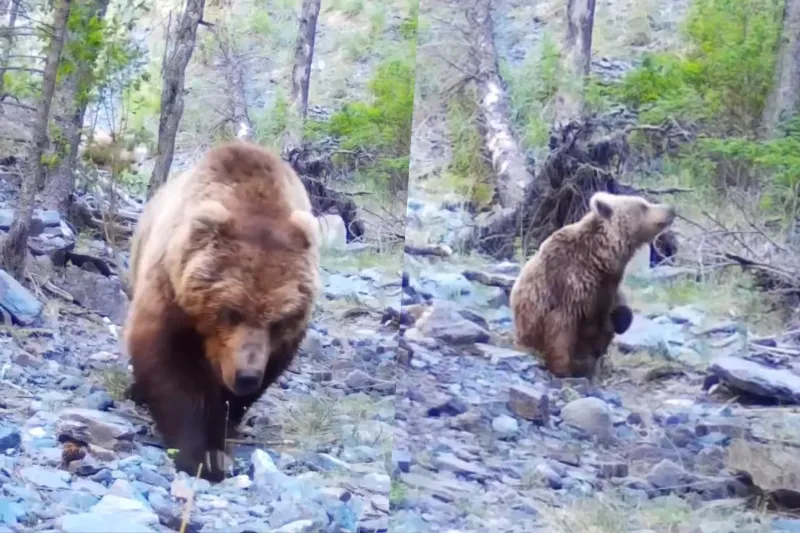
Rangers couldn’t believe their eyes when reviewing footage from the trail cameras. The last confirmed sighting in Kolsai Lakes National Park occurred nearly five years ago, making this discovery particularly momentous.
Scientists had feared local extinction, but this single appearance reignites hope that a small population persists in these protected mountains.
3. Motion-Activated Trail Cameras
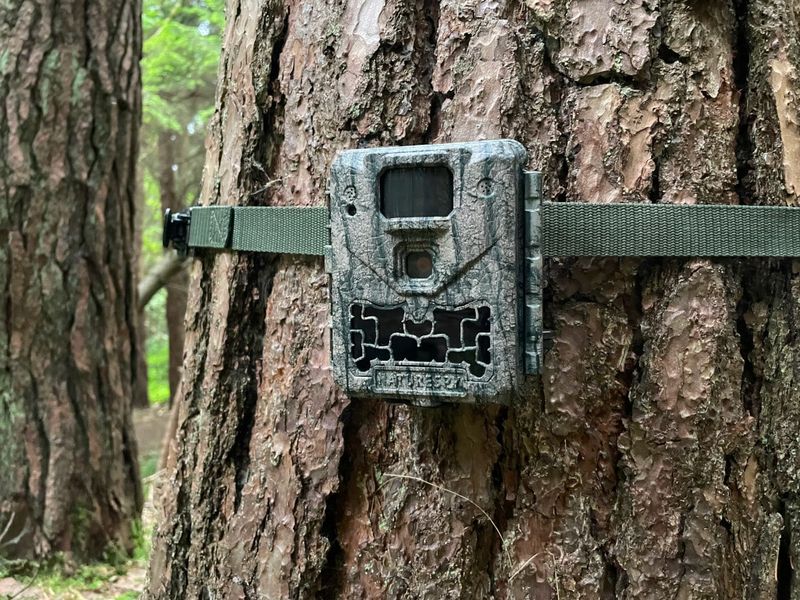
Hidden among trees and camouflaged with natural materials, these silent sentinels wait patiently for wildlife to pass by.
Modern trail cameras feature infrared technology for night vision and can operate for months on a single battery. This non-invasive approach lets researchers observe natural behaviors without human presence altering animal activity patterns.
4. The Role Of Trail Cameras In Conservation
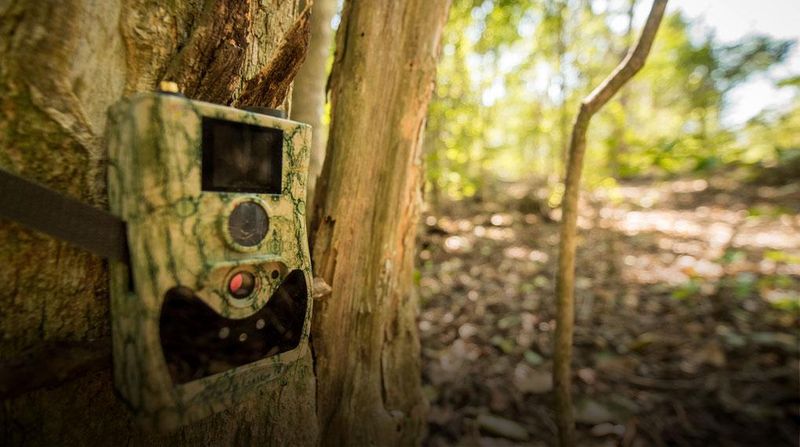
Beyond just capturing exciting images, these devices collect crucial scientific data. Trail cameras help establish population counts, track migration patterns, and identify breeding territories.
The timestamp and location data from each photo creates a comprehensive picture of wildlife movements across vast, otherwise inaccessible terrain.
5. The Importance Of The Kolsai Lakes National Park

Nestled within Kazakhstan’s portion of the Tien Shan mountains, this breathtaking park encompasses three azure alpine lakes. Established in 2007, it protects over 161,000 hectares of pristine wilderness.
The park’s varied elevations create diverse habitats supporting everything from snow leopards to golden eagles, making it a biodiversity hotspot in Central Asia.
6. The Tien Shan Brown Bear’s Role In The Ecosystem
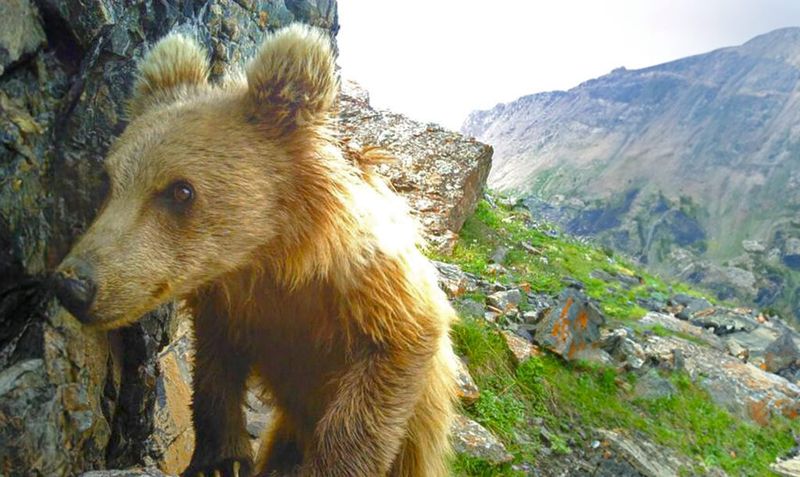
Standing at the top of the food chain, these bears shape their entire ecosystem through their daily activities. Their omnivorous diet helps control prey populations and disperse plant seeds across vast territories.
When bears dig for roots or insects, they aerate soil and create microhabitats that benefit countless smaller species.
7. Threats Facing The Tien Shan Brown Bear

Despite their power and size, these magnificent bears face mounting pressures in our modern world. Poaching for traditional medicine markets targets their gallbladders and paws.
Expanding agriculture and infrastructure development fragment their habitat, while climate change alters the seasonal food availability these bears depend on.
8. A Promising Sign For Bear Populations In The Region
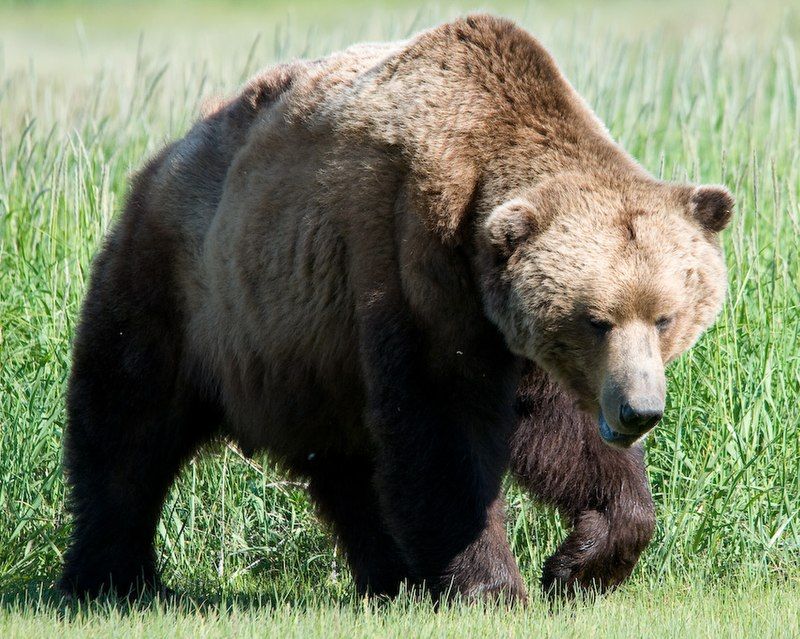
Wildlife experts celebrate this sighting as evidence of successful conservation policies. The bear’s healthy appearance suggests adequate food resources within the protected area.
Most encouraging is the timing – captured during breeding season – hinting at possible reproduction occurring within park boundaries.
9. The Bear’s Critical Habitat In The Tien Shan Mountains
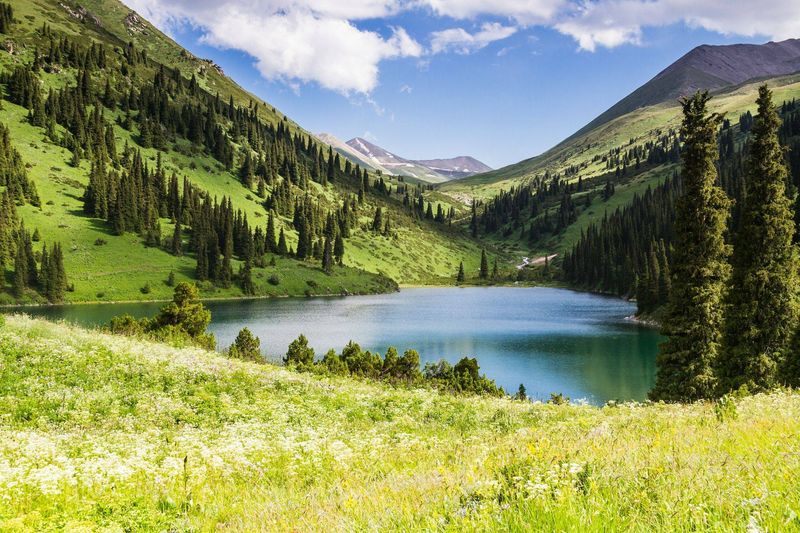
Rising majestically between Kazakhstan, Kyrgyzstan, and China, these ancient mountains create perfect bear country. Dense forests provide cover and fallen logs harbor protein-rich insects.
Alpine meadows burst with berries and herbs during summer months. Deep, remote valleys offer safe denning sites where female bears can raise their vulnerable cubs.
10. Local Communities Benefit From Bear Conservation

Villagers near Kolsai Lakes initially feared the return of bears, but now embrace their role as wildlife guardians. Local guides earn sustainable income leading wildlife tours, while traditional honey harvesters protect forest resources bears depend on.
Schools run educational programs where children proudly monitor trail cameras, creating the next generation of conservation advocates.
11. Global Impact Of Conservation Efforts For Rare Species
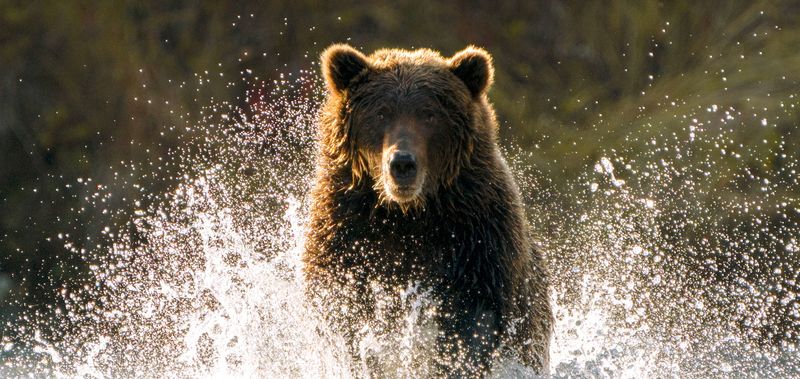
Success stories like this bear sighting ripple far beyond Kazakhstan’s borders. International conservation organizations point to Kolsai Lakes as a model for other protected areas.
The techniques developed here—from camera placement strategies to community engagement approaches—now inform wildlife recovery programs from Romania to Nepal.
12. The Future Of The Tien Shan Brown Bear In Kazakhstan
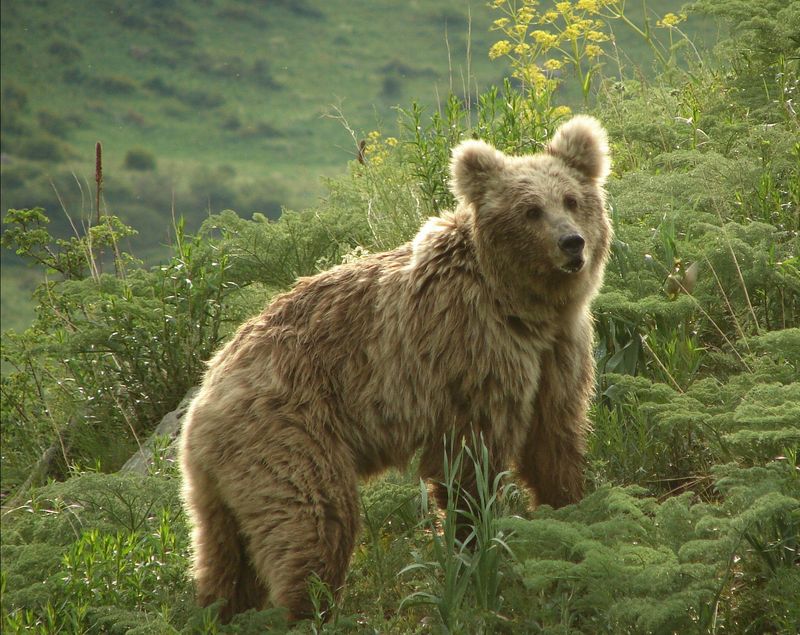
With continued protection, biologists project a cautiously optimistic outlook for these magnificent bears. Planned wildlife corridors will connect isolated populations, increasing genetic diversity.
Advanced DNA analysis of hair and scat samples collected near camera sites will soon reveal exact population numbers. Each new sighting strengthens resolve to ensure these bears roam these mountains for generations.


